PET-CT Scanning Improves Detection of Metastases in Patients With Locally Advanced Breast Cancer
Whole-body PET-CT scanning detected a greater number of asymptomatic distant metastases than conventional staging practices for patients with locally advanced breast cancer, according to randomized study results in Journal of Clinical Oncology.
Upstaging due to PET-CT scanning also resulted in the alteration of treatment courses for a significant percentage of patients, results also showed.
Data suggest that whole-body PET-CT scanning may act as a superior method for detecting distant metastases and identifying patients who would benefit from less aggressive therapy. However, this strategy has not been compared to conventional staging methods—which include bone scans and CTs of the chest, abdomen, and pelvis—in a head-to-head study.
Mark N. Levine, MD, MSc, FRCPC, professor and chair of the department of oncology at McMaster University, Hamilton, Ontario, and colleagues hypothesized that regular use of PET-CT scans would lead to an increase in upstaging for patients with locally advanced breast cancer. They enrolled patients with confirmed invasive ductal carcinoma of the breast at stage IIB or III.
The researchers randomly assigned patients to whole-body 18F-labeled fluorodeoxyglucose PET-CT scanning or conventional staging methods. Upstaging to stage IV metastatic disease served as the study’s primary endpoint. Receipt of multimodal therapy served as a key secondary endpoint.
The study included data from 369 patients (PET-CT, n = 184; conventional staging, n = 185). A significantly higher percentage of patients assigned to PET-CT scanning were upstaged to stage IV than patients assigned to conventional staging (23% vs. 11%; relative risk, 2.4; 95% CI, 1.4–4.2; P = .002).
In the PET-CT arm, the most common sites for distant metastases among upstaged patients included bone (alone, = 14; plus another site, n = 15), mediastinal nodes (alone, n = 3; plus other site, n = 11), liver (alone, n = 2; plus another site, n = 4), and lung (alone, n = 3; plus another site, n = 7). Bone was the most common site of metastases in the conventional staging arm (alone, n = 6; plus another site, n = 8).
Although the researchers did not consider cancer detection in regional nodes a basis for upstaging, they noted that a significantly higher percentage of upstaged patients in the PET-CT arm had positive regional nodes compared to upstaged patients in the conventional staging arm (97.7% vs. 61.9%; P = .03).
In total, 81.3% of upstaged PET-CT patients (n = 35 of 43) and 95.2% of upstaged conventional staging patients (n = 20 of 21) had their intended treatment platform changed. Nineteen percent of patients assigned to PET-CT scanning did not receive combined modality treatment, compared to 11% of patients assigned to conventional staging (absolute difference, 8.2%; 95% CI, 0.1–15.4; P = .03).
“To our knowledge, our trial is the only randomized trial that addresses the utility of PET-CT for locally advanced breast cancer. On the basis of the results, the Ontario Ministry of Health now funds PET-CT for the staging of patients with clinical stage IIB (T3 N0) and stage III breast cancer.”
- Mark N. Levine, MD, MSc, Department of Oncology, McMaster University, Hamilton, Ontario
Reference:
https://ascopubs.org/doi/abs/10.1200/JCO.23.00249?journalCode=jco
Disclosures: Some authors declared financial ties to drugmakers. See full study for details.
Photo Credit: Getty Images.

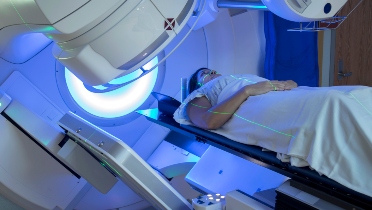






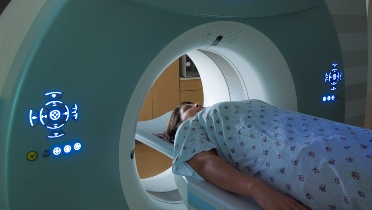

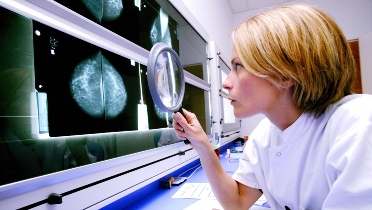


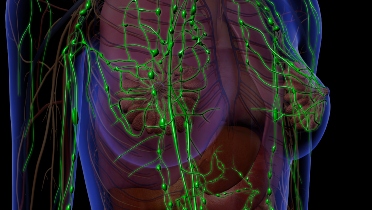

.jpg)
.jpg)
.jpg)


.jpg)
.jpg)
.jpg)

.jpg)
.jpg)

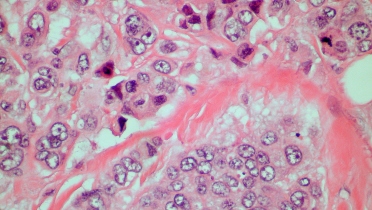

.jpg)
.jpg)
.jpg)
.jpg)
.jpg)
.jpg)
.jpg)
.jpg)
.jpg)
.jpg)
.jpg)

.jpg)
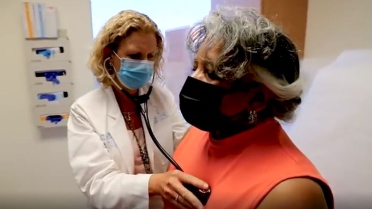
.jpg)
.jpg)
.jpg)
.jpg)
.jpg)
.jpg)
.jpg)
.jpg)
.jpg)
.jpg)
.jpg)
.jpg)
.jpg)

.jpg)

.jpg)
.jpg)

.jpg)
.jpg)
.jpg)

.jpg)
.jpg)

.jpg)
.jpg)
.jpg)
.jpg)

.jpg)

.jpg)
.jpg)
.jpg)
.jpg)


.jpg)
.jpg)

.jpg)
.jpg)
.jpg)
.jpg)
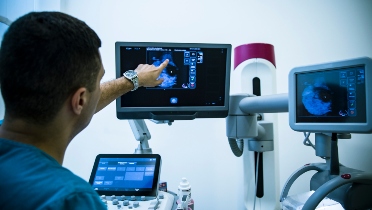


.jpg)

.jpg)
.jpg)


.jpg)

.jpg)
.jpg)
.jpg)

_.jpg)
.jpg)
.jpg)
.jpg)

.jpg)
.jpg)
.jpg)
.jpg)
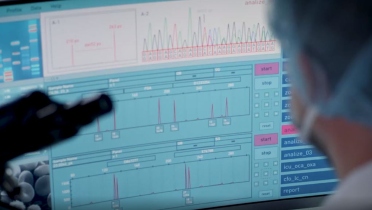
.jpg)
.jpg)
.jpg)
.jpg)


.jpg)
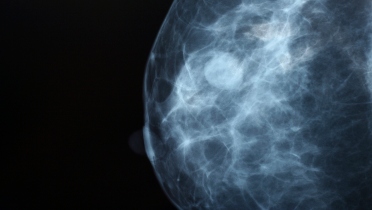
.jpg)
.jpg)

.jpg)
.jpg)
.jpg)
 Featured Breast Cancer Videos
Featured Breast Cancer Videos.jpg)